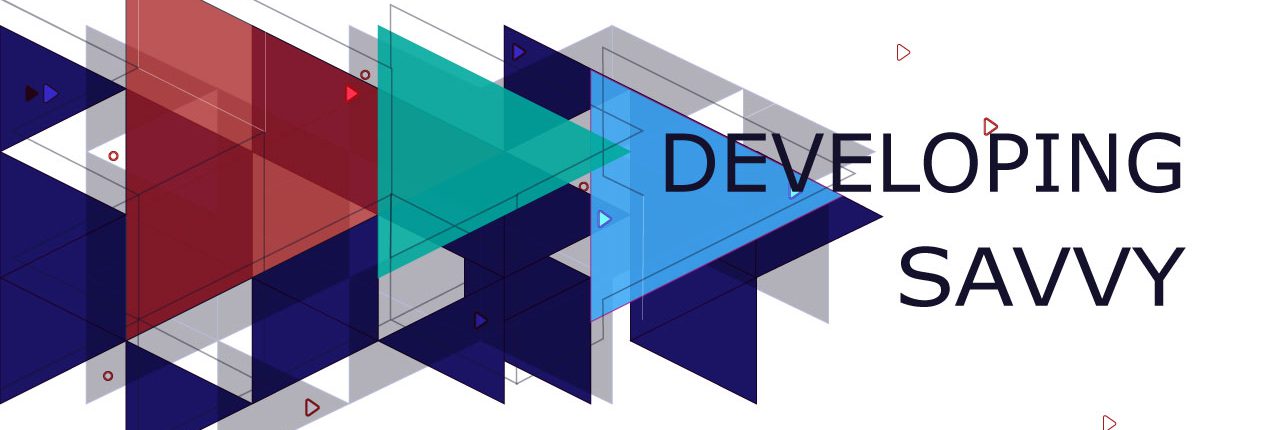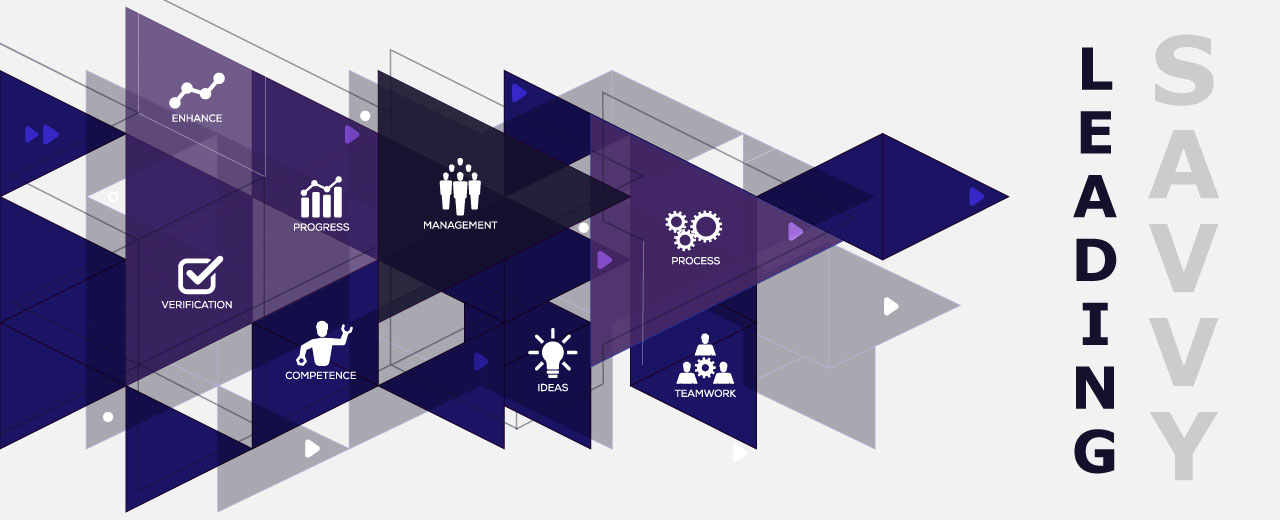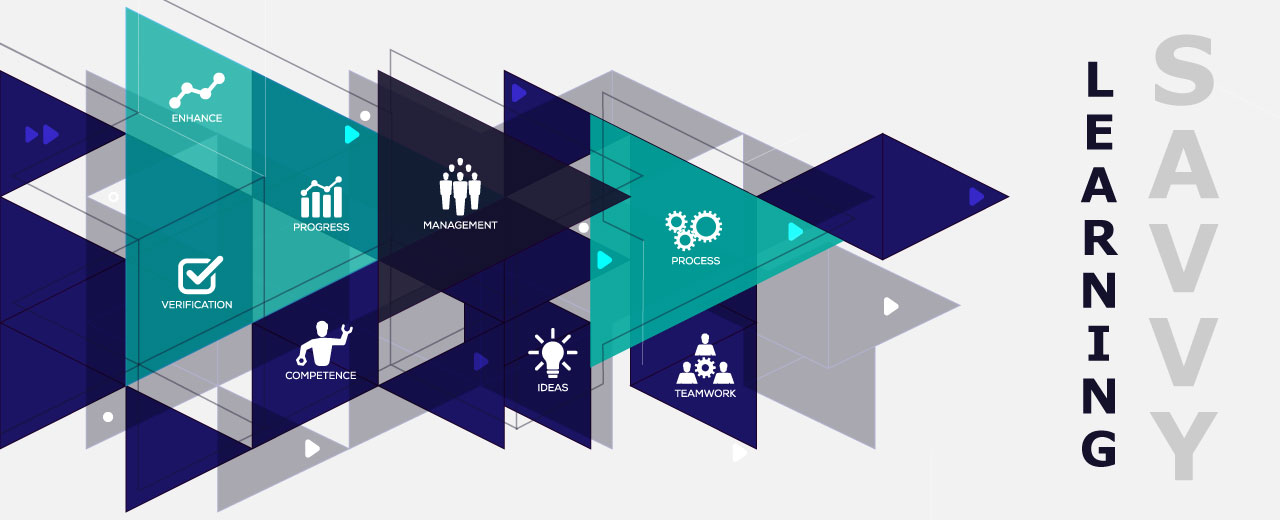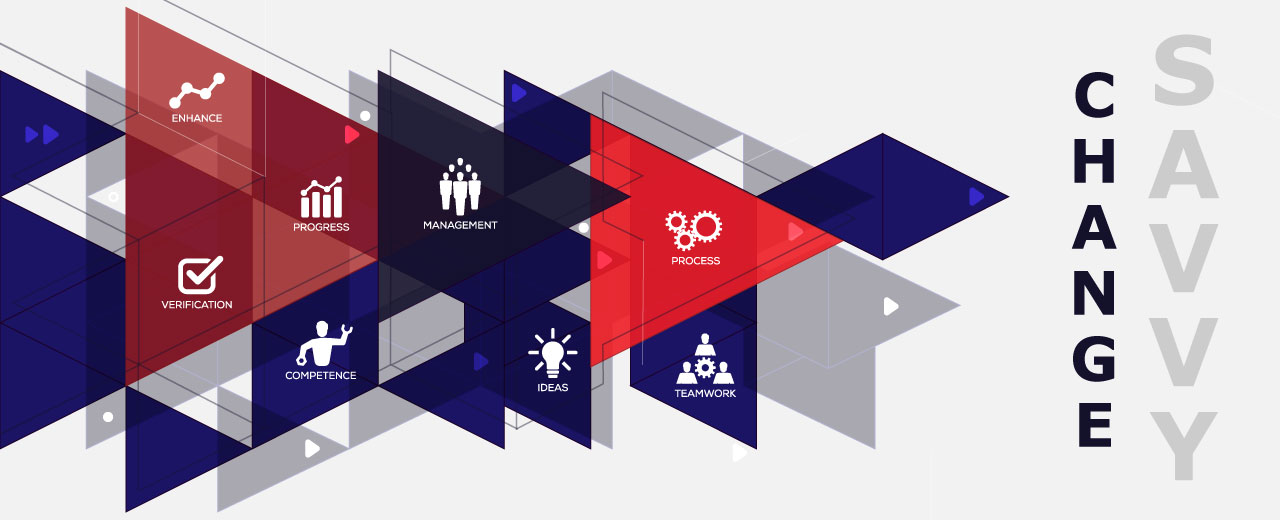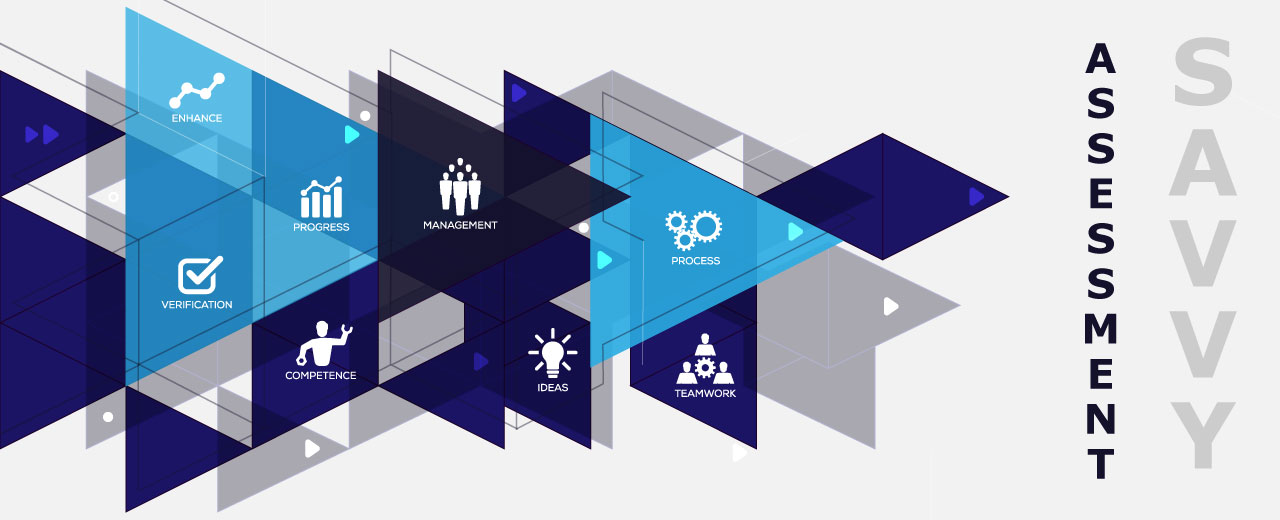Developing Savvy
A focus on developing brain-savvy practices will to help you to lead more effectively. When you constantly start with an intention to ‘reward’, you are much more likely to think, act and speak in a way that mitigates the negative. Very helpful when you understand how skittish and sensitive our limbic system is to threat, danger and foe!
Avoid gut instincts.
Your brain takes the path of least resistance (the most heavily mapped) because certainty prevents decision gridlock. To your brain, familiarity breeds consent. So think of your ‘gut’ as neither clarity nor insight but a good guess or non-conscious brain domination.
Slow down!
In most organisations, speed equals efficiency, and efficiency equals productivity. Our brains sometimes fool us into thinking that the faster and more decisive we are, the smarter and more effective we are. Leaders tend to use that self-confidence to react, to lean in. This is a myth. The act of choosing – deliberately, consciously and with input from others – actively engages key parts of the brain. This active, simultaneous engagement of our cognition, empathy, self-regulation and memory circuitry powers leads to better decisions. Kahneman calls this System 2 thinking. Granted, conscious thinking takes concentrated effort – and a bit more time. But it is worth it
Leading Savvy
Learning Savvy
Change Savvy
Assessment Savvy
There’s a lot of neuroscience now raising the question, ‘Is all the intelligence in the human body in the brain?’, and they’re finding out that, no, it’s not like that. The body has intelligence itself, and we’re much more of an organic creature in that way…Joel Kinnaman

